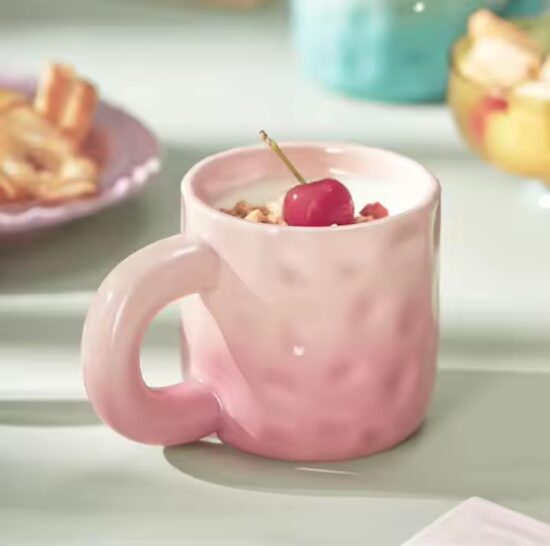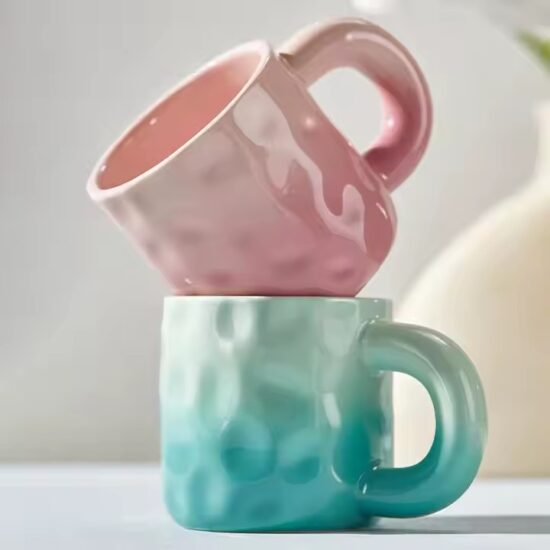bob@nbdho.com
Comparison of Different Materials Used in Ceramic Mugs: Pros and Cons Explained
Comparison of Different Materials Used in Ceramic Mugs
Introduction
Ceramic mugs come in various materials, each offering unique characteristics in terms of durability, appearance, and usability. Choosing the right material is essential for manufacturers, wholesalers, and consumers who want the best quality and performance. This article compares the most common materials used in ceramic mugs and outlines their advantages and disadvantages.
1. Porcelain
Porcelain is a high-quality ceramic material made from refined clay and fired at very high temperatures (typically above 1200°C).
Pros:
-
Smooth, translucent, and elegant appearance
-
High durability and chip resistance
-
Non-porous surface, making it hygienic and stain-resistant
-
Excellent heat retention
Cons:
-
Generally more expensive due to complex manufacturing
-
Can be fragile if dropped
Common Uses: Fine dining, premium mugs, gifts
2. Stoneware
Stoneware is made from dense clay fired at slightly lower temperatures (around 1100–1300°C) than porcelain.
Pros:
-
Thick, sturdy, and durable
-
Rustic, handcrafted look with natural textures
-
Often dishwasher and microwave safe
-
Good heat retention
Cons:
-
Heavier and bulkier than porcelain
-
Surface may be more porous if not well glazed
Common Uses: Everyday mugs, casual dining, artisanal products
3. Earthenware
Earthenware is made from clay fired at lower temperatures (around 1000–1150°C), resulting in a more porous and softer ceramic.
Pros:
-
Affordable and widely available
-
Offers a warm, traditional aesthetic
-
Easy to shape and decorate
Cons:
-
More fragile and prone to chipping
-
Usually requires glazing to be waterproof
-
Less heat resistant
Common Uses: Decorative mugs, budget-friendly options
4. Bone China
Bone china is a type of porcelain that contains bone ash, making it lighter and more translucent.
Pros:
-
Very lightweight and delicate feel
-
High strength despite thin walls
-
Elegant and refined appearance
-
Good thermal insulation
Cons:
-
Higher cost due to material and production
-
Can be fragile with rough handling
Common Uses: Luxury mugs, collectible items, giftware
Conclusion
Selecting the right material for ceramic mugs depends on your priorities—whether it’s durability, appearance, budget, or usage. Porcelain and bone china offer elegance and strength but at higher costs, while stoneware and earthenware provide durability and rustic charm suited for everyday use.
For manufacturers and suppliers, understanding these differences enables better product customization and marketing strategies tailored to diverse customer needs.
If you want to know more about ceramic mugs or need assistance with sourcing high-quality products, feel free to contact us!

